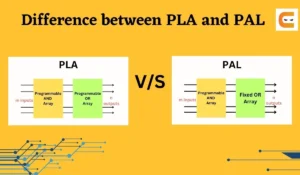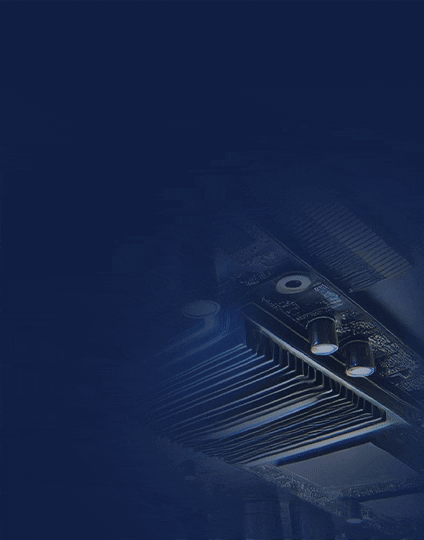Field Programmable Gate Arrays, have become a cornerstone technology in modern aerospace and defense systems.
Their ability to combine flexibility, reliability, and high performance makes them ideal for mission critical applications where precision and real time processing are essential.
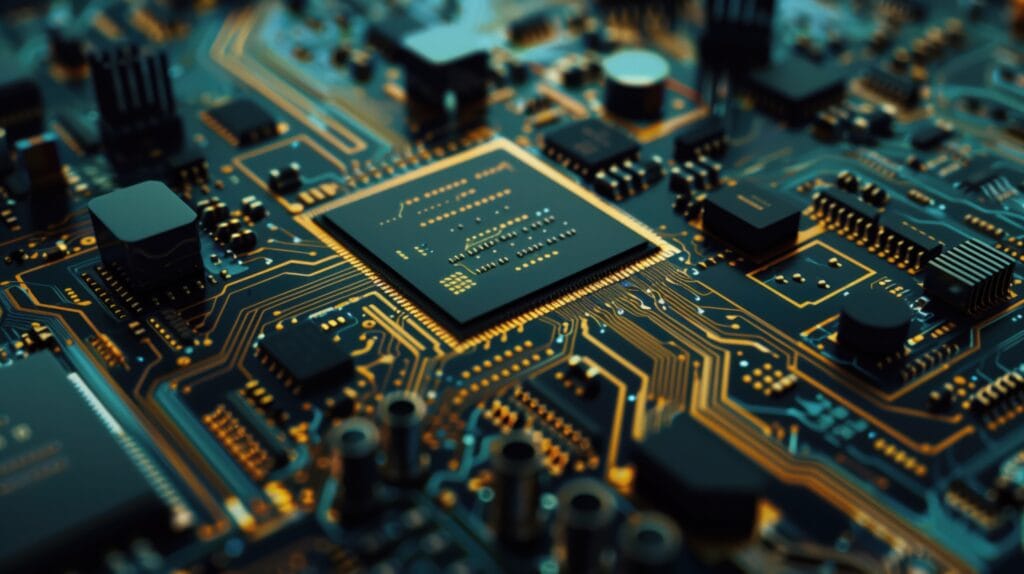
What is an FPGA?
An integrated circuit that can be configured by the end user after manufacturing. Unlike fixed function processors, it allow engineers to reprogram the hardware logic to meet specific requirements.
This adaptability is especially valuable in aerospace and defense, where systems often need to evolve to address new threats, protocols, or performance standards.
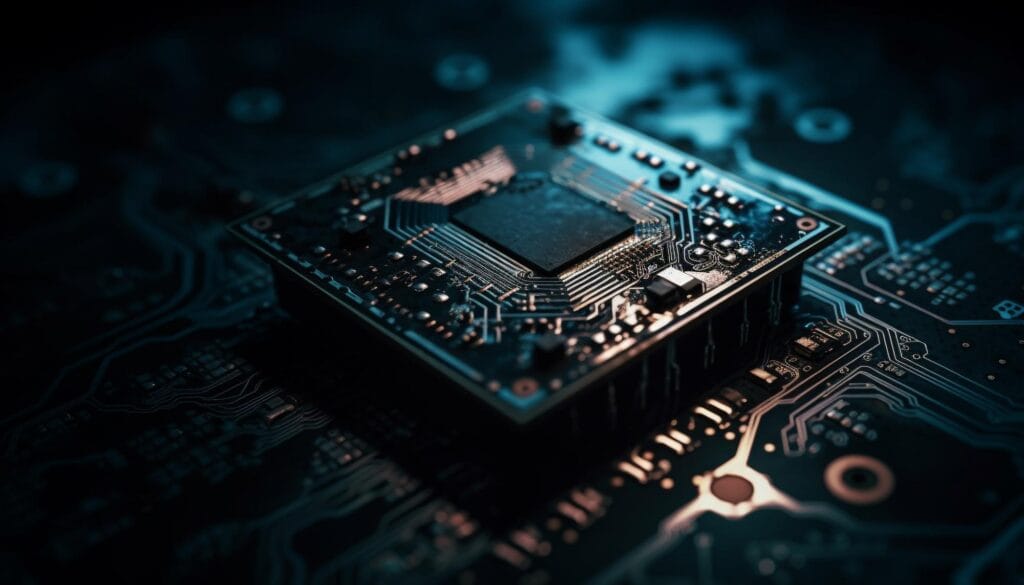
Advantages of FPGA in Aerospace and Defense
Real Time Processing
Aerospace and defense missions demand instant decision making. FPGAs can process data in parallel, enabling ultra fast response times for applications such as radar signal processing, avionics control, and electronic warfare.
High Reliability and Radiation Tolerance
Space and defense environments expose electronics to radiation and extreme conditions. Many aerospace grade FPGAs are designed with radiation hardening and fault tolerance, ensuring consistent operation even in harsh surroundings.
Reconfigurability for Evolving Missions
FPGAs can be reprogrammed in the field without replacing the hardware. This feature allows defense organizations to update encryption algorithms, communication protocols, or signal processing techniques to meet new mission requirements or counter emerging threats.
Power Efficiency
Modern FPGAs provide high computational throughput while keeping power consumption under control. This balance is vital for satellite systems, unmanned aerial vehicles, and portable defense equipment where energy efficiency directly impacts mission duration.

Key Applications of FPGA in Aerospace and Defense
Radar and Signal Processing
Used in Advanced radar systems to handle high bandwidth signals and perform real time filtering, detection, and tracking. Their parallel processing architecture ensures rapid analysis of large data streams.
Avionics and Flight Control
Flight computers and control systems leverage FPGAs for sensor fusion, navigation, and fault tolerant control logic, ensuring safe and precise aircraft operation.
Secure Communication Systems
Defense communication networks rely on FPGAs for encryption, decryption, and protocol implementation. Their reconfigurable nature helps maintain secure data links even as security standards evolve.
Electronic Warfare and Surveillance
They enable high speed spectrum analysis and jamming techniques required in electronic warfare. Their adaptability allows quick deployment of countermeasures against new electronic threats.
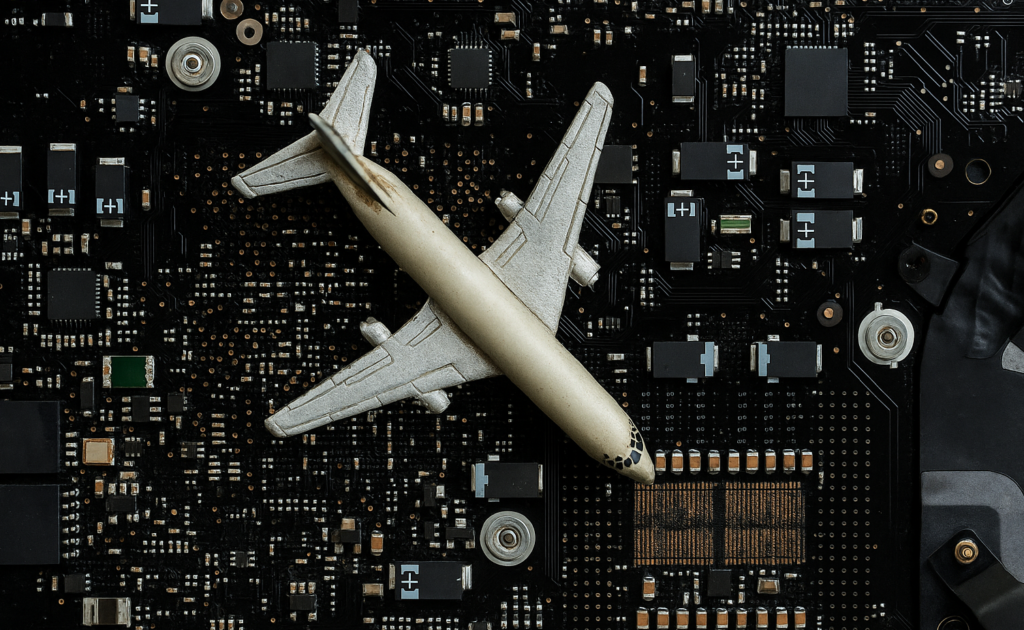
Future Outlook
As aerospace and defense technologies advance, FPGAs will continue to play a critical role.
The growth of artificial intelligence and machine learning will drive the integration of it based accelerators for onboard AI inference, autonomous navigation, and predictive maintenance.
Additionally, smaller and more power efficient platforms will expand their use in next generation satellites, drones, and edge devices.
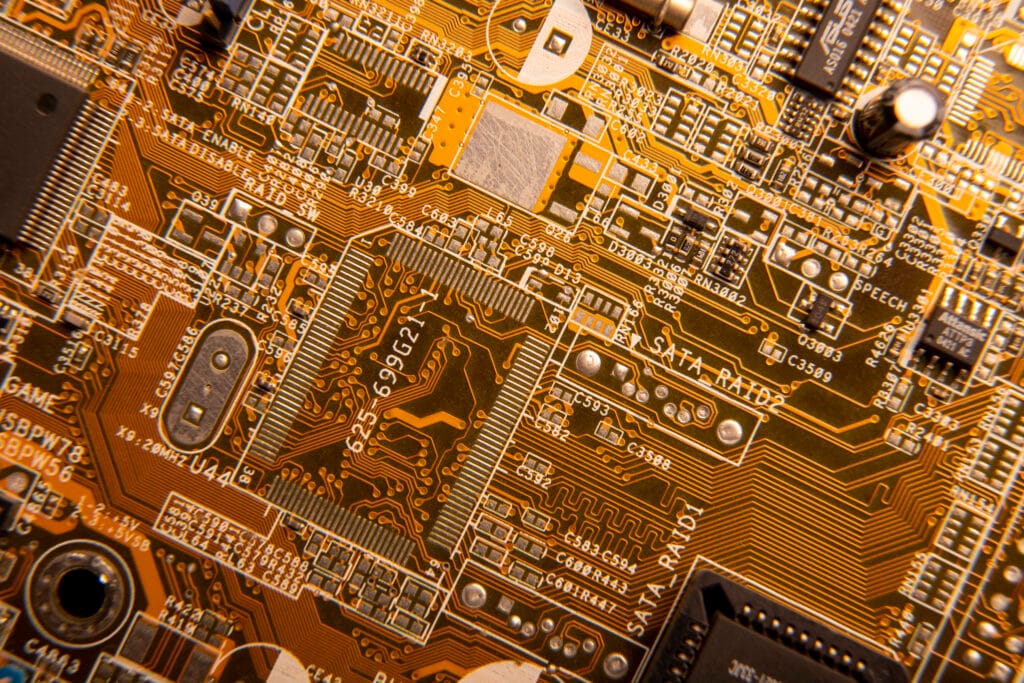
Conclusion
FPGAs provide the ideal combination of speed, flexibility, and reliability that modern aerospace and defense systems demand.
Their ability to adapt to new challenges, operate in extreme environments, and deliver real time performance ensures they will remain a vital technology for future missions and innovations.


![What is FPGA Introduction to FPGA Basics [2023] computer-chip-dark-background-with-word-intel-it](https://fpgainsights.com/wp-content/uploads/2023/06/computer-chip-dark-background-with-word-intel-it-300x171.jpg)

